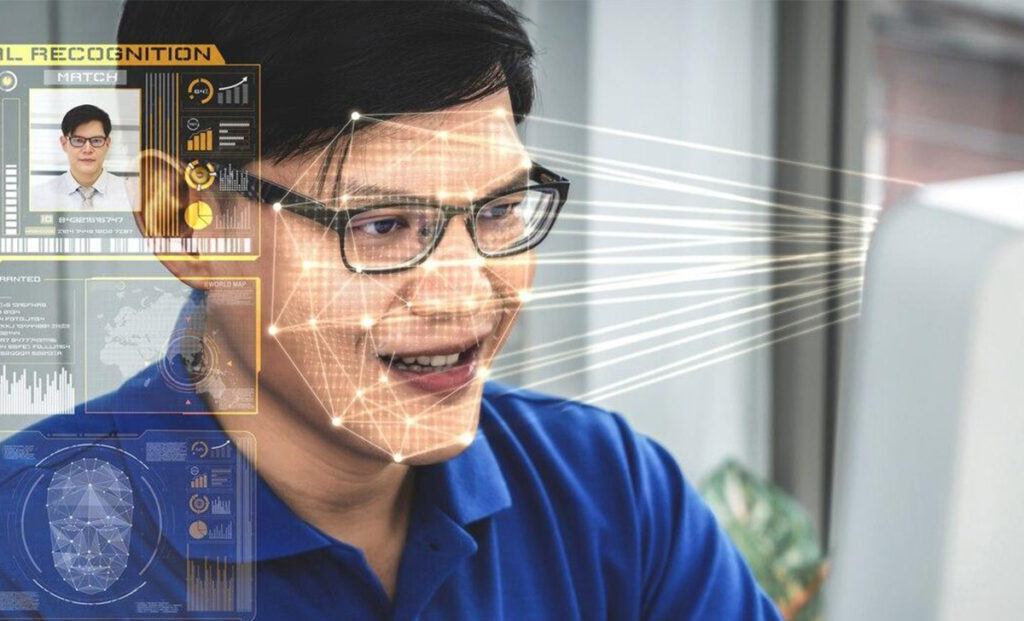
Facial Action Coding System (FACS) for Personalised User Experiences: A How-To Guide
Human behaviour and emotional perception hold the very core of the aspects of the digital experience and hence are bound to be critical as far as the development of the tailor-made and engaging experiences is concerned. Although FACS is comprehensive by nature, it gives UX developers an opportunity to harvest user opinions and moods through their facial expressions and emotions. And in this handbook, we will address to what extent FACS can help to enhance the user’s experience as well as empower the designers to create interactive products that emphasise on sentiments and feelings.
- Understanding the Facial Action Coding System (FACS)
- FACS Effect in UX
- Leveraging FACS for Personalised User Experiences
- 1. Conducting User Research
- 2. Integrating FACS into Design Processes
- 3. Designing Emotional Interfaces
- 4. Humanising experience and conversation
- 5. Measuring Emotional Engagement
- 6. Empathy-Driven Design
- 7. Emotional Storytelling
- 8. Enhancing Brand Perception
- 9. Tailoring User Experiences Across Devices
- 10. Continuous Improvement Through Emotional Feedback
Understanding the Facial Action Coding System (FACS)
Developed by psychologists Paul Ekman and Wallace V. Friesen in the 1970s for illustrating and describing facial expressions, Facial Action Coding System (FACS) is a pioneering and wide-accepted method for categorising and analysing facial expressions. The facial action coding system includes AUs, your group of muscles or groups of muscles, that actuate accompanying muscle actions, during the facial movements. By means of a FACS application and facial expression decoding and decoding, researchers and designers as well as any person concern will be able to decode a large list of feelings and all non-verbal manifestation – be it joy, surprise, or sadness.

FACS Effect in UX
Designing for human experience means that empathy with people’s emotions and reactions is required in order to create digital places that are what we perceive to be interactive, encompassing and full of purely virtual experiences. Applying FACS concepts to design activities will give designers deeper insights into the lifestyle of the audience to provide for appropriate and desired usability engineering of digital products that will best fit their users’ needs and preferences. Whether it is a web site or a mobile application, human-computer interaction can be explained by the way human returns to the content, and how design answers questions that arise in people’s mind.
Leveraging FACS for Personalised User Experiences
1. Conducting User Research
The way to go the first step involving the use of Facial Action Coding System to the creation of personalised user experiences is conducting user research to identify the target groups’ emotional drives and issues. This might involve such means as voluntary inquiries, interviews or observations in order to understand the patterns of user behaviour and taste. Information about the target audience such as its demographics, psychographics, and emotional reactions, designers can detect those patterns. These patterns will represent the starting point of the design.
2. Integrating FACS into Design Processes
User research is one of the first steps of interaction design. Incorporating FACS principles into the design process means creating tailored user experience. Such will include, facial expressions and gesture in user testing sessions, conversion of behaviours to the FACS tool plus techniques to gauge emotional responses, and ergonomic solving devises in rigorous process based on the clients feedback. In combination with FACS, usability testing and prototyping in the design process are very valuable because they reveal the weak points for improvement as well as help create highly intuitive and engaging digital experiences based on the expected reaction of the prospective users.
3. Designing Emotional Interfaces
By means of sensing the responses of the FACS profile, designers can come up with emotionally intelligent interfaces which precisely match the diversity of individual experiences and feelings. This could mean adopting design inspired by elements that evoke distinctive mood, among some of the colour schemes, typeface, imagery and animation. Through mirroring of the user’s feelings and choices in the interface design, users are not only using a thing of beauty, but are also getting useful intuitive and emotionally appealing result in return.
4. Humanising experience and conversation
FACS, in addition, can help to bring humanization to content and communications by taking into account emotional and personal features of users. Contributing to optimizing the content and interactions in real-time is the capacity of facial recognition technology to capture and understand the user´s facial expressions and emotions. Indeed, a chatbot may be personalised so as to be able to adjust its tone and responses if the other person changes the facial expression in order to give empathetic and personalised support.

5. Measuring Emotional Engagement
Ultimately, through FACS, designers will be able to measure the extent to which people are connected emotionally with virtual experiences as well the level of satisfaction with digital experiences. Such tracking may encompass user engagement online, facial expression analysis during usability tests and response on emotional level from the feedback. Designers now have the power to reveal in numbers what users can feel – their emotional engagement. This provides a means of understanding the user experience and making data-based decisions on strengthening their emotional connectivity and the ultimate user satisfaction.
6. Empathy-Driven Design
FACS has the ability to contribute the empathy design as it helps the designer in the process of getting several more insights from the users’ feelings and perspectives. Designers can achieve this through empathising with the user’s feelings and reactions to come up with products that deal with user concerns which will improve their experience and hence the user reaction. Connecting to end-users’ point of view through their Facial coding enables designers to become more compassionate and to deal with the users’ needs in a more deeply understanding way.
7. Emotional Storytelling
FACS can advance the emotional storytelling in the digital experience through getting an emotional message across in this way and the story, respectively, in more effective way. Human like characters, animations, and interactive elements easy to develop knowing how to analyze facial expressions and gestures and know what style can bring the emotions users want to observe in the scenes. Whether designers are telling the brand story, positioning the products, or guiding users through a journey, Facial coding helps designers with creating captivating narratives captivating the users’ emotions.
8. Enhancing Brand Perception
Thanks to FACS the brand can have high impact on users’ positioning and making emotional links with them. Positive emotions and brand association can be evoked with design of digital platforms that help definitely brand loyalty and identity. An FACS analysis can generate branding decision read moreings that portray the visual identity, that includes messaging and voice tone, while matching the emotions and preferences of users towards the brand.
9. Tailoring User Experiences Across Devices
FACS which is the designer’s right tool, enables the building of user experiences that are unique to different devices and platforms and are able to discover the emotions of users. Evaluation of visual cues and interactions on a multiple of platforms such as smartphones, tablets, and desktops via software will help designers craft the best possible experience for each platform’s users. It may sound that even designing responsive layouts or interfaces that are adaptive, as well as platform specific interactions, will be aided by FACS insights that will help designers to create uniform and immersive experiences across devices while providing the best user experience.
10. Continuous Improvement Through Emotional Feedback
On a daily basis, our emotional feedback will help us improve in many ways including becoming better communicators and adapting to others’ emotions.
Thus, facial coding complemented by real-time feedback could be a valuable source to deliver a better experience for the users while providing designers a chance to modify the product. Through the smoking of facial recognition technology and emotional intelligence into digital products, designers can get feedback in real time on how users’ emotional It is so and build the experience thereof accordingly. This iterative approach of redesigning allows digital products to align with users’ changing needs and preferences, benefiting from ongoing enhancements that further improve user satisfaction.
Conclusion
However, the Facial Action Coding System (FACS), which is based on expression labels, offers a great option to decode facial gestures and emotions, and thus to better understand user’s emotions and feelings. Designers utilise the principles of FACS to develop more personalised user experiences that peel off the surface layer of human emotion to connect with users in a deeper, more emotional level. It applies whether one designs websites, mobile applications, interactive interfaces, and more. After adopting the Facial Action Coding System for the design process, designers can unravel how people engage with digital content and how the design choices affect their emotional states. By a means of wearing off emotionally intelligent interfaces, personalizing content and intermingling, and measuring emotional engagement, the designers could craft digital experiences that bring delight and engagement on the user side, thus the companies and users were possible to achieve success and satisfaction.











